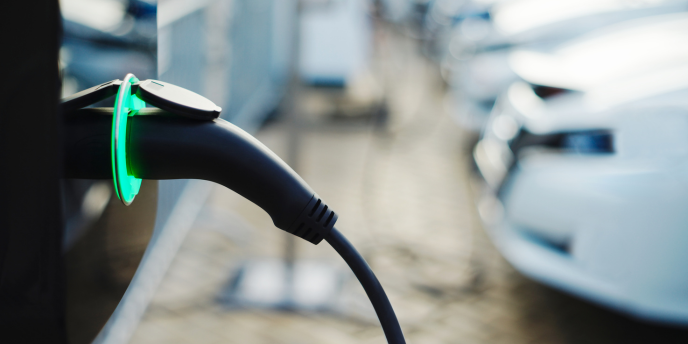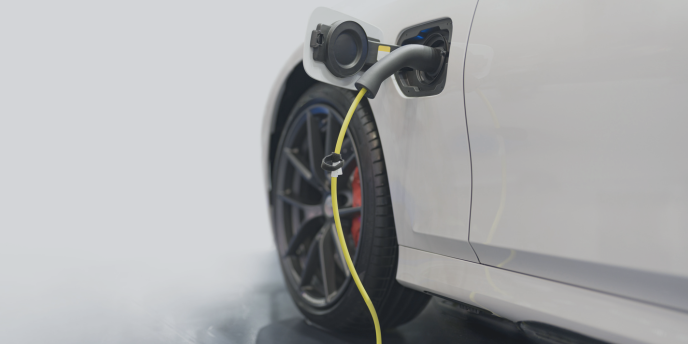Progress towards electric mobility is advancing rapidly. While battery electric vehicles (BEVs) are considered the dominant technology in the passenger vehicle (passenger car) sector, the situation in the commercial vehicle sector is not yet clear. The use of batteries or fuel cells in vehicles has advantages and disadvantages that need to be weighed. In this article we will look in more detail at the comparison between BEVs and vehicles with fuel cells (FCEVs).
Advantages and disadvantages of BEVs and FCEVs
Advantages and disadvantages of battery electric vehicles (BEVs) and vehicles with fuel cells (FCEVs) play an important role in the decision for a certain technology. BEVs offer a longer range compared to FCEVs, which means they are able to travel longer distances on a single charge. They also have the advantage that they can be charged faster. This is especially important for users who drive long distances or travel regularly and have little time for charging.
On the other hand, FCEVs have their own advantages. By using hydrogen technology, they can also achieve a long range and also offer the advantage that they can be refuelled in a shorter time. This is particularly relevant for users who require rapid refuelling, for example in the public transport sector or for commercial vehicles used to transport goods over long distances.
However, there are also some challenges associated with both technologies. BEVs generally have higher energy costs compared to FCEVs. This is mainly due to the cost of electricity compared to hydrogen production. In addition, the availability of hydrogen is limited, which means that FCEV owners may have difficulties finding a hydrogen refuelling station near them. On the other hand, FCEVs are associated with higher system costs due to the fuel cell and hydrogen infrastructure required. In addition, the reliability of FCEVs may fluctuate due to the complexity of the fuel cell system.
The economic viability of BEVs depends on various factors. These include advances in battery technology, the availability of a well-developed electric vehicle charging infrastructure and electricity prices. It is not possible to give an exact timeframe for profitability, as it depends on market developments and individual conditions. However, it should be noted that the cost of batteries tends to decrease and the charging infrastructure continues to expand, which could improve the economic viability of BEVs in the long term.

Technical differences between FCEVs and BEVs
Technically, the differences between FCEVs and BEVs are minor. Both are electric vehicles and share many components such as electric machines, inverters, reduction gears and high-voltage batteries. The main difference lies in the tank system and the high-voltage DC/DC converter, which make the fuel cell system slightly more complex.
The optimal energy source for electric vehicles depends on various factors such as the intended use, range, charging or refuelling times and costs. BEVs are currently better suited for shorter distances and an established charging infrastructure, while FCEVs are advantageous for longer distances and fast refuelling.
No clearly better solution
There is no clear better solution between battery and fuel cell in the vehicle. Both technologies have advantages and disadvantages and are optimal for different use cases. In the future, there will be a coexistence of different systems, depending on individual requirements and conditions.
Overall, then, there are advantages and disadvantages to both BEVs and FCEVs. The decision for a certain technology depends on the individual requirements and needs of the user. In the future, there will probably be a coexistence of both technologies, as they each have their specific strengths and areas of application. It is expected that further advances in battery technology and hydrogen infrastructure will be made to overcome the challenges and further advance the acceptance and applications of both technologies.
Ultimately, there will be a coexistence of both technologies in the future, as they each have their specific strengths and application areas. The decision between BEVs and FCEVs depends on individual requirements, availability of infrastructure, energy grid capacity and economic viability.
The transition to electric mobility as a whole is an important step towards reducing dependence on fossil fuels and reducing the environmental impact of the transport sector. Further advances in battery technology, hydrogen production and infrastructure, and the overall efficiency of electric vehicles are expected in the coming years, which will further drive the adoption and deployment of both technologies.
Finding automotive professionals - with Amoria Bond
If you are looking for highly skilled automotive professionals, don't hesitate to contact our team.
We understand the challenges and requirements of the automotive industry and work closely with you to understand your specific needs and identify the best professionals to fit your business. We do this by using our extensive database and wide network to find qualified candidates who have the expertise, experience and skills required to successfully deliver your challenging projects.
Contact us today and let's shape the future of mobility together. Our dedicated team looks forward to discussing your requirements and helping you find the right talent for your organisation. Together, we can unlock the potential of the automotive industry and meet the challenges of the future.
Sources:
https://www.clean-hydrogen.europa.eu/media/publications/study-impact-deployment-battery-electric-vehicles-bev-and-fuel-cells-electric-vehicles-fcev_en
https://www.all-electronics.de/e-mobility.html





